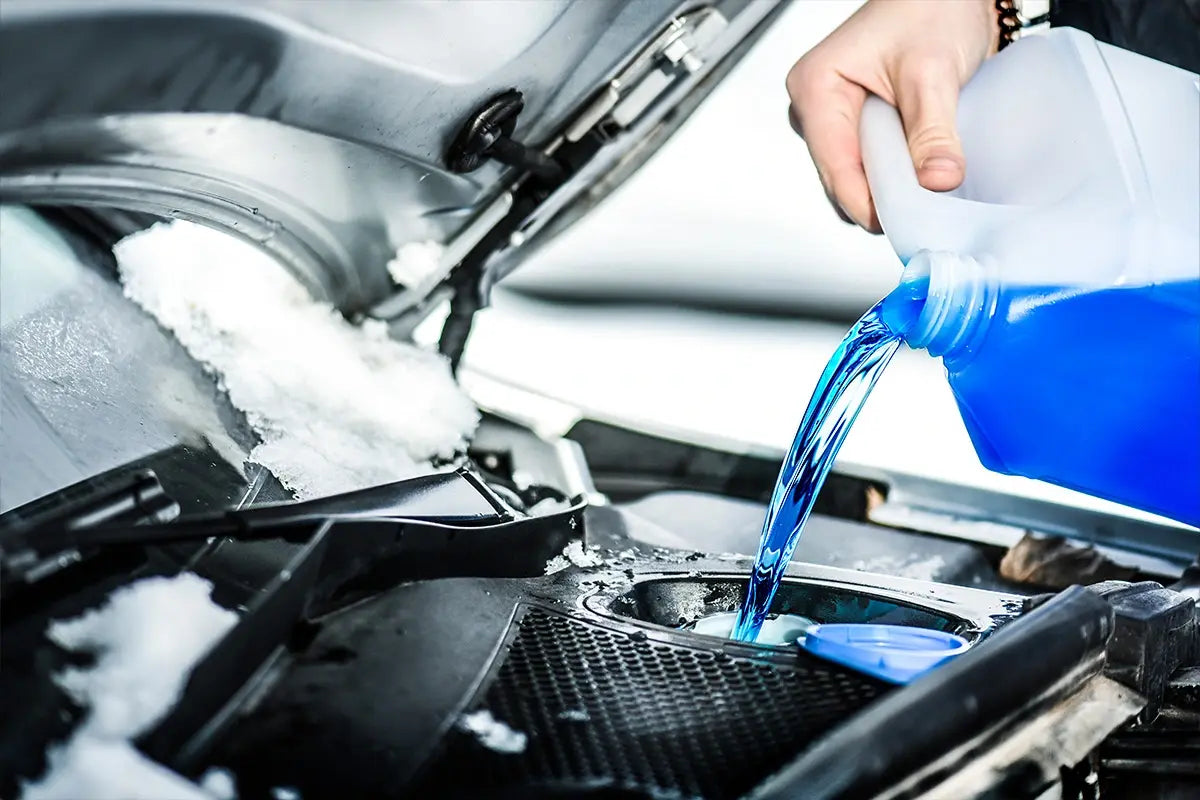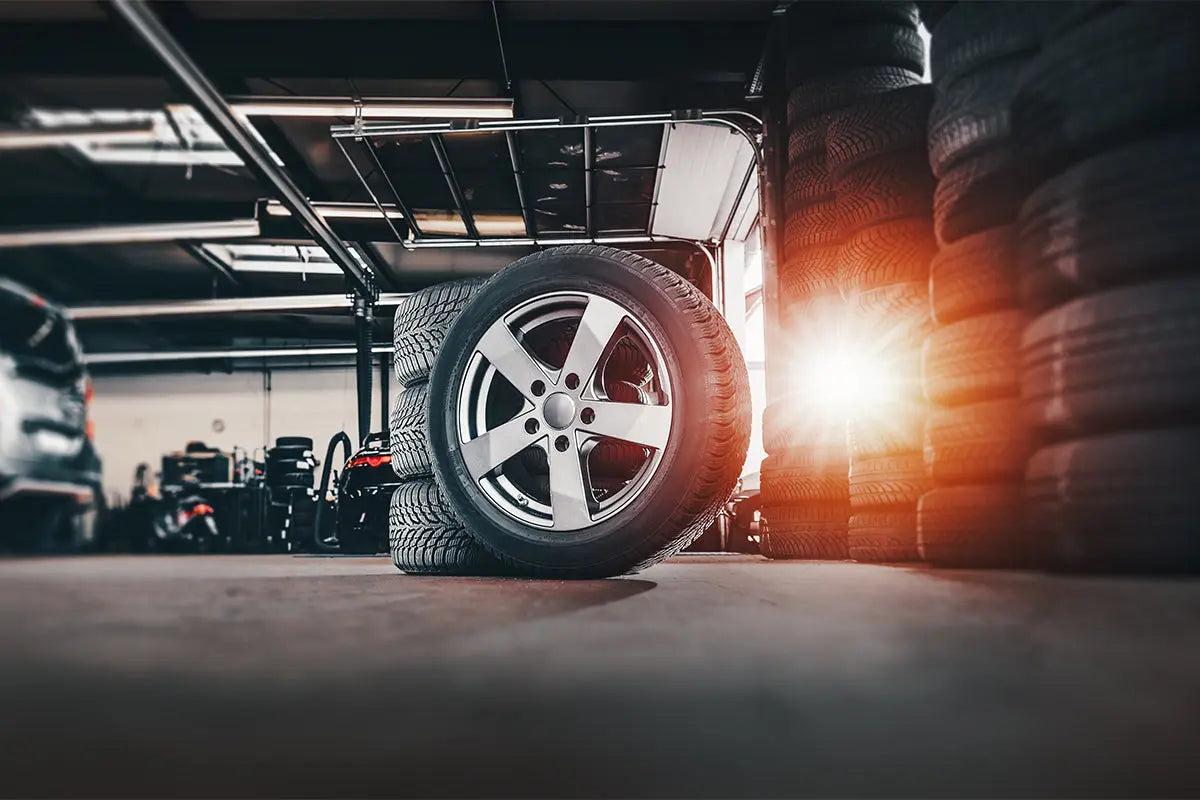
You probably know that the exterior of your car can get dirty really fast. It has to deal with a lot of environmental hazards that will not only cover your car in filth but can chip your paint and damage it.
What you might not know is that the interior of your car can also get dirty fairly quickly too. When cleaning the interior of your car, you probably pay a lot of attention to the upholstery. Your upholstery is a critical part of your car, and you should keep it cleaned and protected as best as you can.
However, your upholstery might not be the dirtiest part of your interior. The seat belts in your car can accumulate a lot of dirt, germs, and bacteria over time, but they rarely get much attention during cleaning sessions. A thorough washing can help remove anything that might have built up on your seat belts over the years.
read this article in shine armor blog!
shine armor products:
- Ultra Concentrated Car Wash Soap
- Graphene Ceramic Nano Glass Coating
- Spray Wax Quick Coat for Cars
- Fortify Quick Coat
Why Do Seat Belts Matter?
Using a seat belt can be the difference between life and death. The Center for Disease Control estimates that buckling your seat belt will reduce the risk of death by 45%. With millions of car crashes annually, that’s a lot of lives that can be saved by simply using a seat belt.
The same study also estimates that people who don’t wear their seat belts are 30 times more likely to be ejected from the vehicle during a crash. The odds of survival after being ejected from a vehicle are less than 25%. Needless to say, you should be using your seat belt every time that you enter into a vehicle as a driver or passenger.
How Do Seat Belts Get So Dirty?
Wearing your seat belt will require you to touch it every single time that you get in your car. Even if you follow the recommended guidelines for washing your hands, you will never be able to remove the microscopic germs and bacteria that you pick up during the day. These germs and bacteria can easily be transferred to your seat belt when you use it and remain there until cleaned.
It’s not just your seat belt that is susceptible to these transfers. In fact, your steering wheel can also get pretty filthy since you will touch it so frequently when driving. That’s why it’s so important that you follow the proper techniques and guidelines when cleaning the interior of your car.
In addition to hand transfers, seat belts can also get dirty for several other reasons. It’s not uncommon for seat belts to encounter various liquids when being used, as you might sweat on them, spill a beverage, or drop food on them accidentally.
Most seat belts are made out of polyester, so they can stain pretty easily when encountering these items. If not cleaned fast enough, these stains could end up emitting an odor or lead to mold developing.
How To Properly Clean Your Seat Belts In 7 Steps
A seat belt is sort of similar to the zipper on your pants or jacket. You will need to touch the zipper every time that you put on the item of clothing, but how often do you really think about cleaning it? The key difference is that washing your clothes will help clean the zipper. Seat belts don’t have this luxury and will need special attention to clean.
The overall process of cleaning your seat belts isn’t too difficult, but it will take some attention to detail and a little bit of time:
Step One: Gather Your Supplies
Cleaning your seat belts won’t require any kind of hard-to-find equipment, and you probably already have what you need somewhere in your house.
You only really need four items to get started:
- Clamps. You will need a fastening device in order to keep the seat belt from retracting. You won’t need anything too heavy to complete the task, but you’d need something stronger than a paperclip. A binder clip for stacks of paper or ChicClip that you use to keep bags of potato chips closed will both work just fine.
-
Cleaner. There are plenty of options here. You can mix liquid soap with some warm water into a spray bottle or use a fabric cleaner. You want to avoid using anything too acidic as it might cause structural damage to the seat belt over time.
For best results, you should consider a high-quality interior cleaner that will restore the surface of your seat belts and help protect them in the future.
- Scrubbing brush. Seat belts are made out of polyester, so they are fairly strong. However, you don’t want to potentially damage any of the connecting threads, so you should opt for a soft-bristled brush. The cleaner should do most of the work; anything leftover can be taken care of with a little elbow grease.
-
Microfiber towels. Using microfiber towels can help you to quickly dry your belts without potentially causing any abrasive damage. Regular hand towels or cloth rags are often much rougher and might pull or tear on the polyester threads of the belt. Microfiber towels are extremely gentle and will eliminate any risks of accidentally harming the belt.
Step Two: Pull The Belt All The Way Out
You should only focus on one belt at a time to make sure that it gets properly cleaned. It doesn’t matter which belt you start with, but once you have selected it, then pull it as far out as you can.
Slowly pull out the belt so that you don’t end up breaking any retraction mechanisms and keep pulling until you feel resistance. Securely attach your clamp near the top of the seat belt in order to keep it from retracting into its default position.
Step Three: Apply the Cleaner
Spray the cleaner of your choice directly onto the belt. You don’t want to soak or oversaturate the belt, but make sure that it’s an even and light application that touches all parts of the fabric. Remember to flip the belt over in order to apply the cleaner to the underside as well. Give the cleaner about three to five minutes to sit on the belt and work on breaking up the stubborn stains.
Step Four: Use Your Brush
Starting at the top of the belt and working downward, use your brush to scrub the brush and remove any impurities. Go in a singular direction and avoid circular motions or going back and forth across the belt.
You should be using the brush in the same way that you would brush someone else's long hair. The belt should start looking much better now. Any visible stains, dirt, dust, grime, or grease should be taken off by the cleaner.
If persistent stains remain, you can reapply a second coat of cleaner and focus your attention on that area in particular. If you aren’t using a very strong cleaner, then you may have to repeat these last two steps a few times.
Step Five: Dry The Belt
Use a clean microfiber and repeat the same motion as you in step four: start at the top of the belt and work downward in one singular direction. You can wrap the towel around the belt to quickly dry off both sides.
The goal is to remove as much excess and leftover moisture as you can, so be sure to use a firm grip. Microfiber is very unlikely to damage your belt, so feel free to use a moderate amount of force.
Step Six: Leave It Alone and Move On
Inspect your belt and make sure it’s clean and there are no stains, dirt, or odors remaining. If everything looks good, then the cleaning portion is finished. However, you aren’t done just yet, as the longest step is next.
Even though you removed a lot of the moisture from your belt in the previous step, you will need to give the belt time to air dry. Allowing a wet or damp seat belt to retract could result in mold or mildew growing.
It’s not worth the risk, so you should give your belt some time to dry. It’s best to leave your belt fully extended overnight to make sure that it’s completely dried. Leave the finished belt in place and move on to the next one. Repeat the process until all of your seat belts have been clamped, cleaned, and waiting to dry.
Step Seven: Remove the Clamps
The morning after your cleaning, check the belts and make sure they are completely dry. It’s highly unlikely they would still be retaining moisture, but it’s better to be safe than sorry. Hold the belt firmly in one hand while removing the clamp with the other. Allow the belt to retract to its default position and do the same for the other belts in your car.
Stay Safe and Stay Clean
The hardest part about cleaning your seat belts is that it takes so long for them to dry. Cleaning them should only take a few minutes, but the drying step will take a few hours. Other than simply having to leave them extended, cleaning your seat belts is a pretty easy process.
You should remember to take the time to give them a solid cleaning anytime that you are detailing the interior of your car.
Sources:
What's so great about microfiber? | Western States PEHSU
What is the difference between Mold and Mildew? | US EPA
Steering Wheels Are Dirtier Than You Might Think | The News Wheel





